|
|
A fine hand coloured Edwardian postcard, of Loftus Mill Bank, (called Kilton Bank here).
Of interest is the gates leading to the park on the right, the road is much wider now at this point. In the distance on top of the cliff, the works are only a small part of what it later became. Skinningrove (Loftus) mine in the valley, still has the large chimney, with the steam raising boilers used to power the mine.
Postcard courtesy of Tina Dowey.
The Lane leading down to South Loftus, the road looks in terrible condition. Surprising, because looking at the view of Skinningrove Works in the distance we can see No 5 Furnace, built in 1951. At this date was Loftus Urban District Council or North Riding council responsible for Roads?
Image courtesy of Ken Johnson.
This view of Dam Street, is before the beck was channelled, more prone to flooding than even the present day. It shows the old Loftus Police Station; in 1891 the Police Inspector was Thomas Allen and George E. Nawton was a Constable, who boarded at the Station Hotel.
The south side of the Market Place, sometime in the 1950’s (from a Frith’s postcard); Covells Butchers delivery van awaits its load, they delivered around the district. The Unitedbus waits at the stop, Teeside bound. Parrot’s ironmongers now the Post Office is in front of the bus. A solitary figure looks at the cinema poster. The Regal is advertising RENDEZVOUS, which is a clue for dating. The Town Hall clock is showing twenty past ten a.m. But the Market Place is remarkedly quiet. Although listed as a Frith’s postcard, the Archive has the identical view but George Skilbeck is the publisher; this in the days when Friths were starting to ‘gobble up’ small independant postcard publishers.
Image courtesy of Rita Unthank and Maurice Grayson.
A quiet sunny day in Loftus, the awnings are down to protect the shop windows from the sun. Not a lot of people out shopping and not much traffic.
Image courtesy of Rita Unthank.
This postcard image (from a Salmon card) dates from just before the Second World War. The newly opened Regal Cinema stands next to the Golden Lion Hotel, with it’s lion statue gazing down on the market place. The lion’s replacement is a poor copy of the original. The bus experts will tell us about the United service make and model standing at the bus stop.
Image courtesy of Rita Unthank.
An aerial view of Loftus taken as part of the works to rectify the slippage on Loftus bank,
Image courtesy of Keith Ferry.
After specialist work by rock climbers on the steep cliff face of the narrows, work begins on removing 20,000 tons of unstable ground. And then replacing it with 200,000 tons of fill, using excavated materials from the Skelton and Brotton Bypass then under construction. This occupied the rest of 1999, at first weight restrictions and traffic lights were used to ease traffic flow. But when the bank closed, a 15 mile diversion was in force, via the A171 road over the North York moors.
Image and detail courtesy Keith Ferry.
Loftus Bank; this montage of photographs shows the construction of the culvert to channel Whitecliffe Beck past the Landslip. It was 173 metres long, with a tunnel for the sewer 140 metres long. At the top of the bank the existing road was removed and replaced, with a retaining wall 65 metres long and 4 metres high being constructed. It was one of the biggest engineering projects ever undertaken by Redcar and Cleveland Council. During the works, Road traffic was routed onto the North York Moors A171 road. A 15 mile detour to Teesside, at a cost of £3,000,000. The road finally opened to controversy on September 29th 2000, some nineteen months after the first slip.
Image and detail courtesy Keith Ferry.
The devastation after the massive landslide, on Mill Bank Loftus, February 1999.
Image courtesy Keith Ferris.
|
|

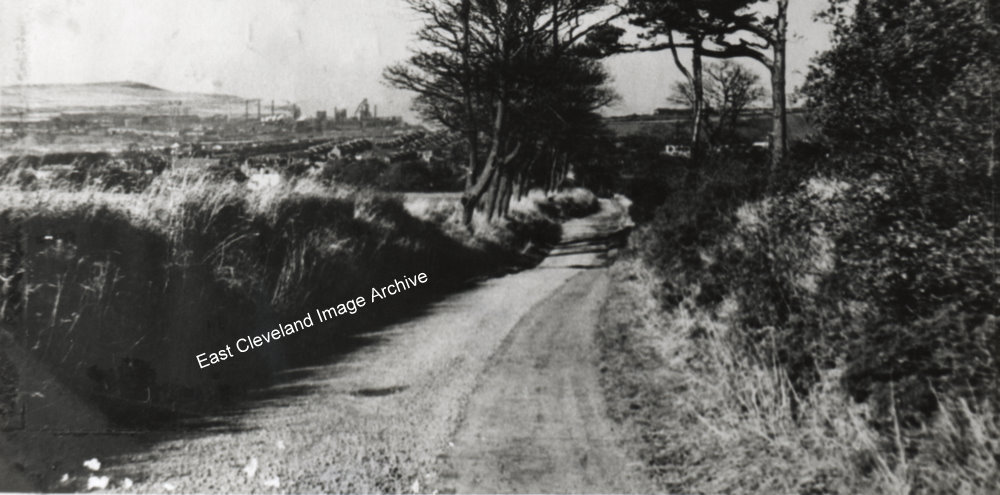
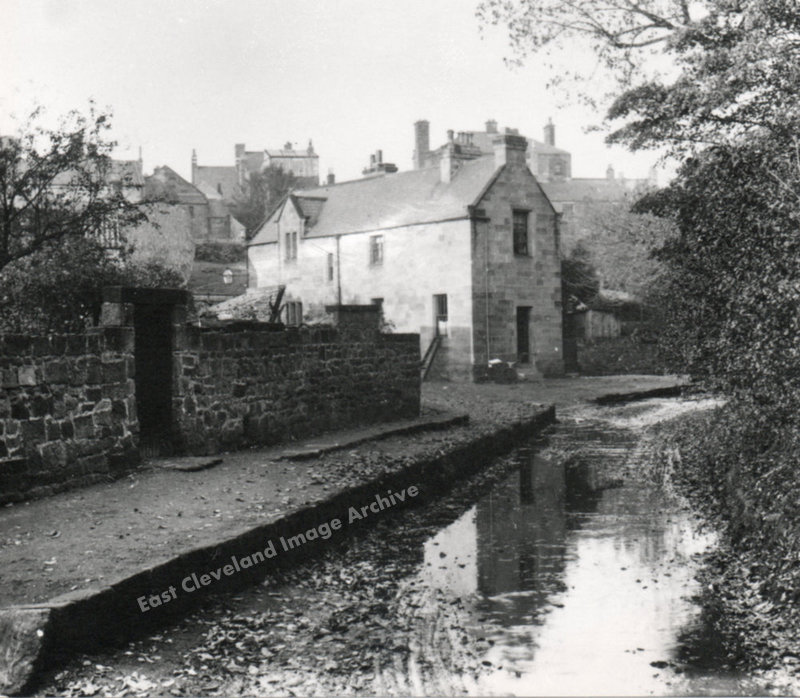
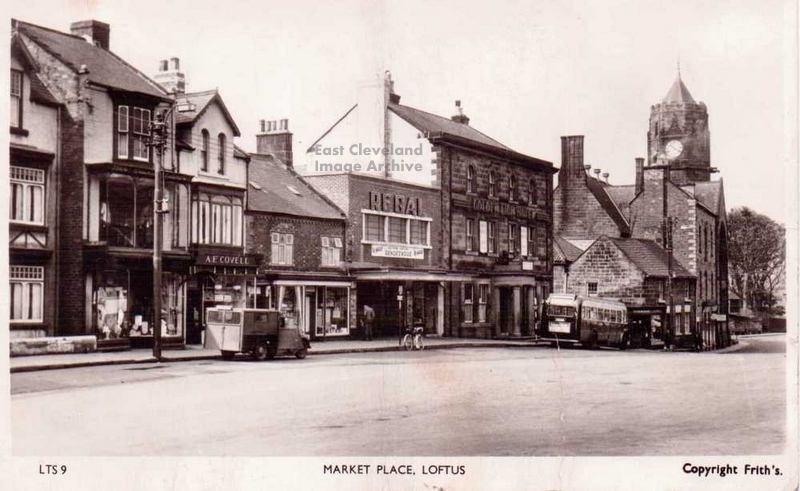
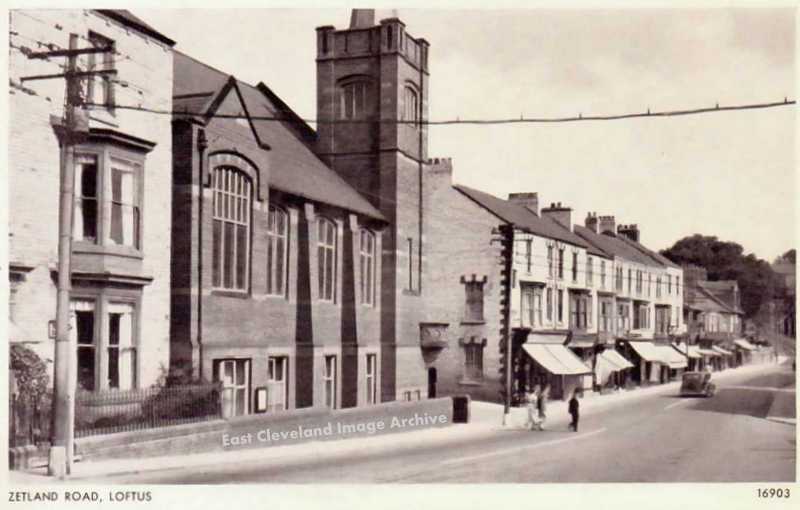
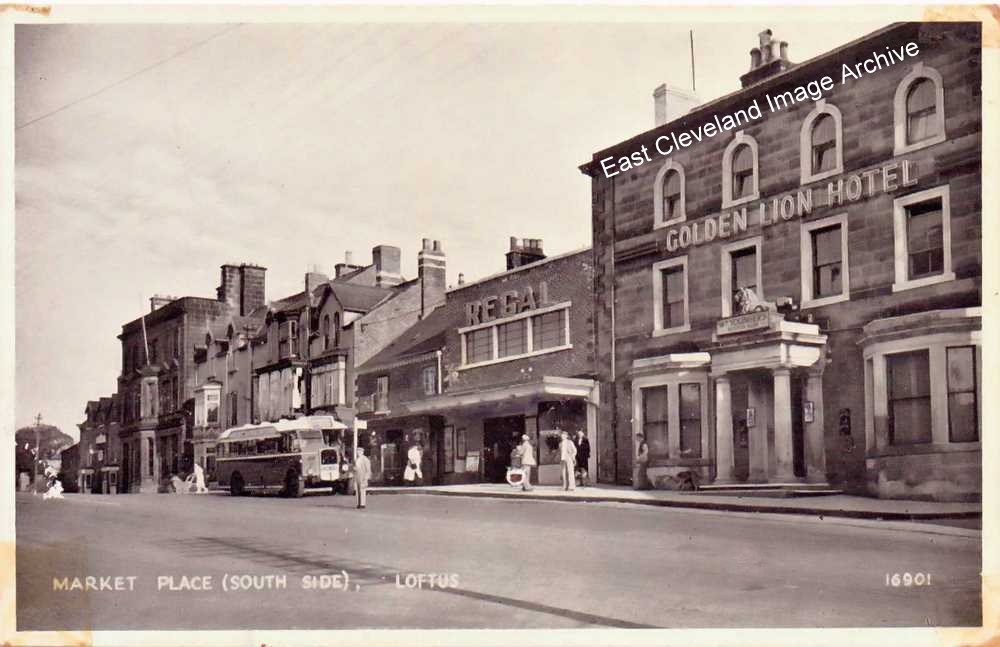
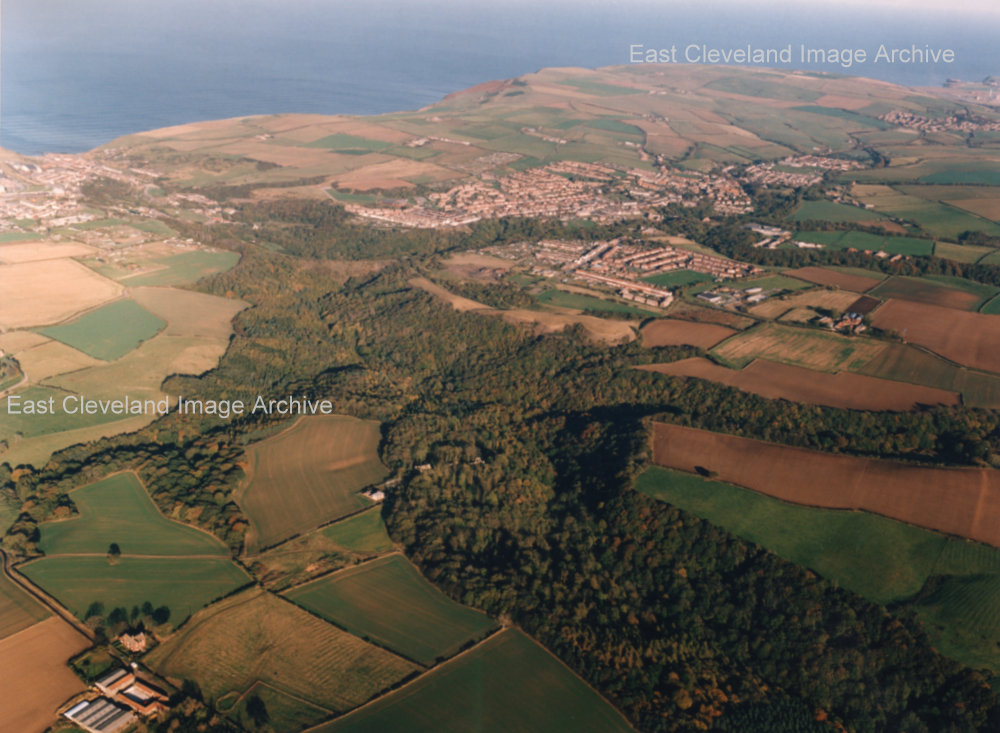
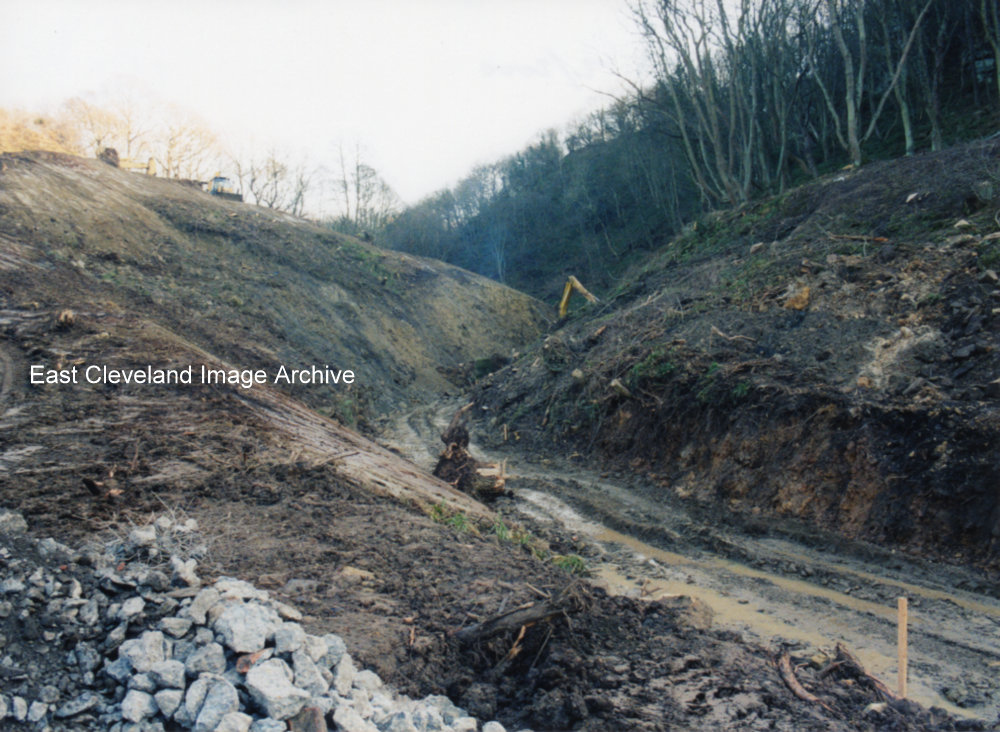
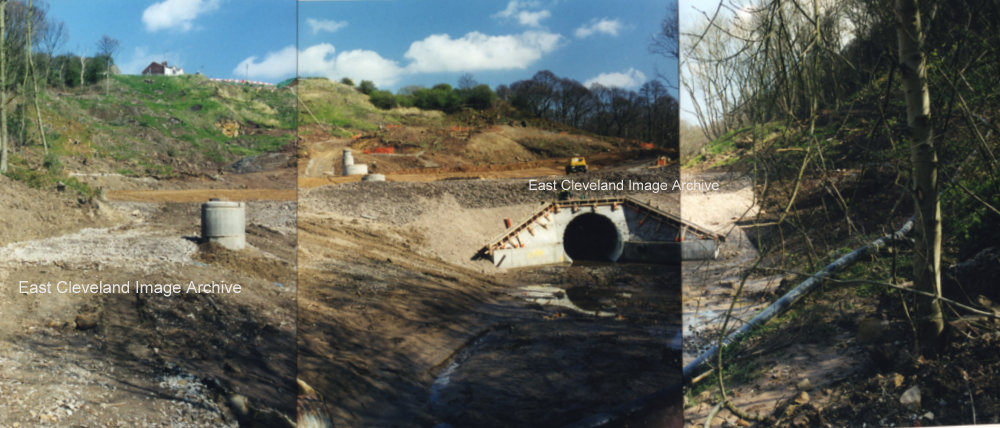
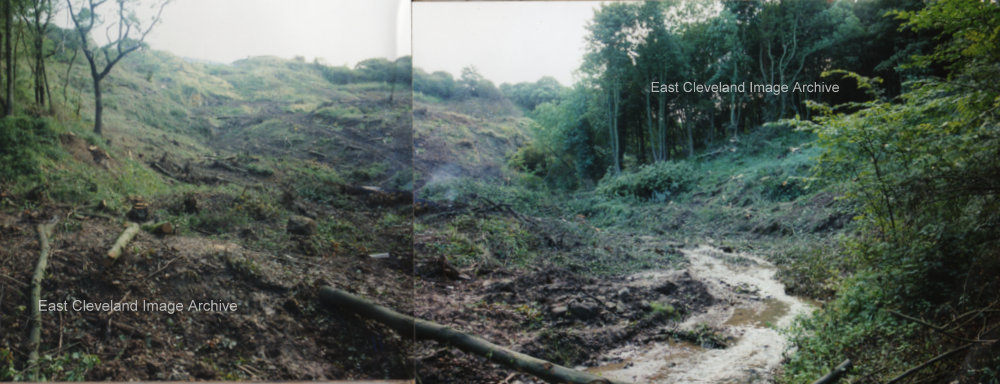
Recent Comments